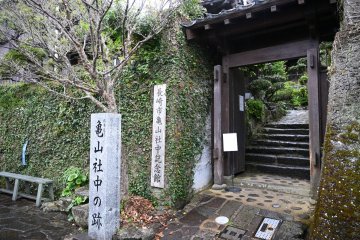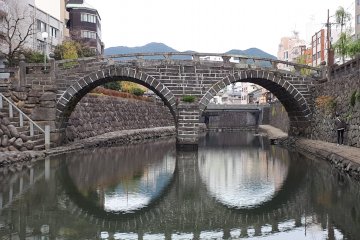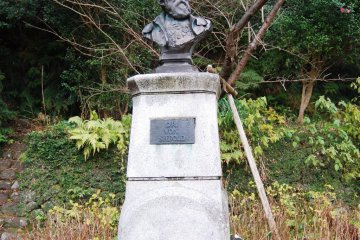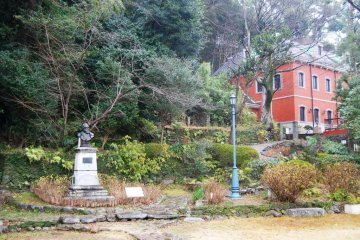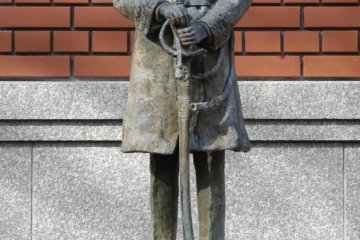The most famous German in Japan is probably Philipp Franz von Siebold (1796-1866), a national of Bavaria in present-day Germany.
He was one of the physicians who served on Dejima, a small man-made island off the coast of Nagasaki, which was a Dutch trading port and the "window of Japan to the outside world" when the country was closed as per order by the Shogun.
He was hired to care for the Dutch tradesmen on Dejima but he also trained young Japanese in Western medicine.
By order of the Shogun, Siebold opened a medical school and he trained about 50 Japanese students in Western medicine. His students would help him to collect specimen of Japanese flora and fauna and to catalog and document them.
Many of the items and information that Siebold collected are now to be found in museums and libraries in The Netherlands and in Germany, first and foremost in the National Museum of Ethnology in Leiden, The Netherlands, and in the State Museum of Ethnology in Munich, Germany.
Siebold had a Japanese partner, a lady called Kusumoto Taki and they had one daughter together. The child was named Ine.
In later years, after Siebold had already returned to Europe, Ine should take up medical training herself and become the first Japanese woman who actually received training to become a doctor. In fact, she trained with some of Siebold's former students who had moved away from Nagasaki.
Like her father, Ine became famous for her high skills and knowledge in Western medicine and she was a successful physician in her time (1827-1903).
Siebold traveled widely in Japan and he collected much information about Japanese culture, technology and products, and especially about the island's flora and fauna.
Most Japanese know Siebold’s name but they usually don’t know that there is an interesting museum dedicated to Siebold in Nagasaki’s Nakagawa-machi. It is located in the Narutaki neighborhood where Siebold used to live and practice.
Going there, one gets a good idea of the Japanese setting that Siebold was in. His house and his school were not anywhere near the harbor and the settlements of other Europeans in Nagasaki. He had placed himself in a "Japanese context".
Recalling Siebold’s life, the museum’s displays tell us in an informative way about Nagasaki’s history at the time, which is a moving tale of successful foreign merchants and of young Japanese people who were keen to learn from the West and reform their country.
His honor was brought into discredit when a map of Japan was found in Siebold's possessions. He had received it from the Shogun's astronomer, although creating maps of Japan was strictly forbidden at the time. He was accused to be a spy and had to leave Japan. Posthumous though more than ten plants were named after Siebold in order to honor his achievements and nowadays he is held in high esteem in Japan!
Practical information:
- The Siebold Memorial Museum is open from 09:00-17:00 (closed on Mondays and during New Year)
- Entrance costs 100 yen (adult fee)
- Tel: 095-823-0707
- Email:siebold@city.nagasaki.lg.jp




